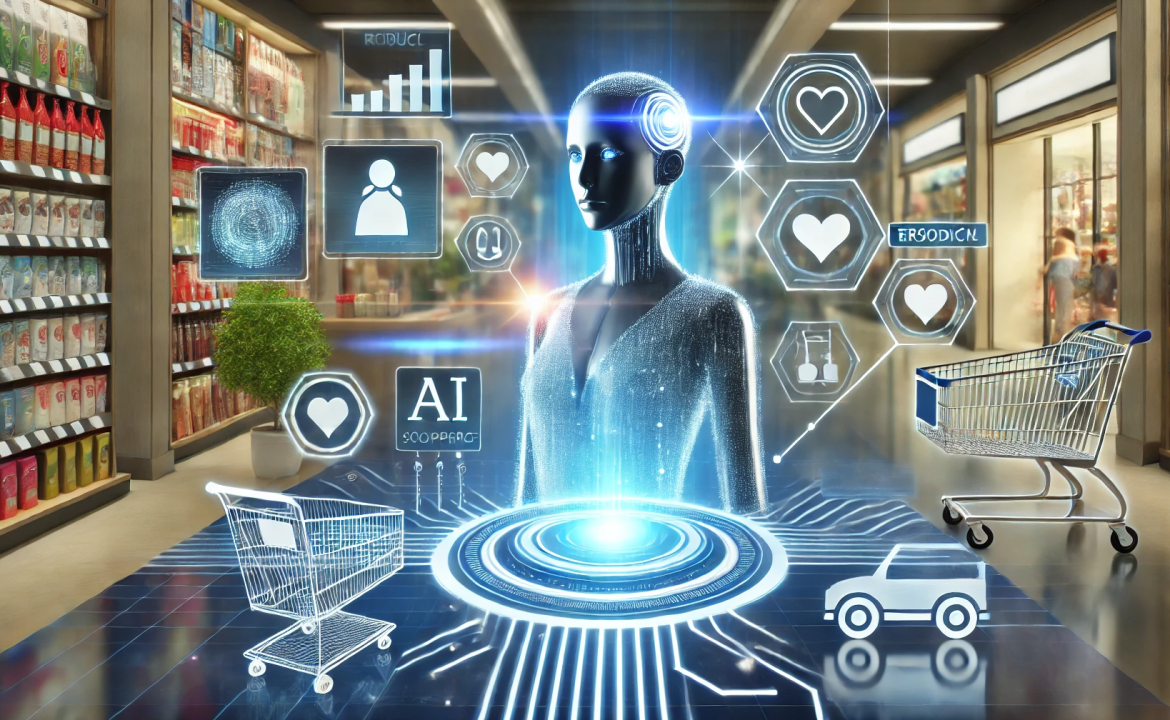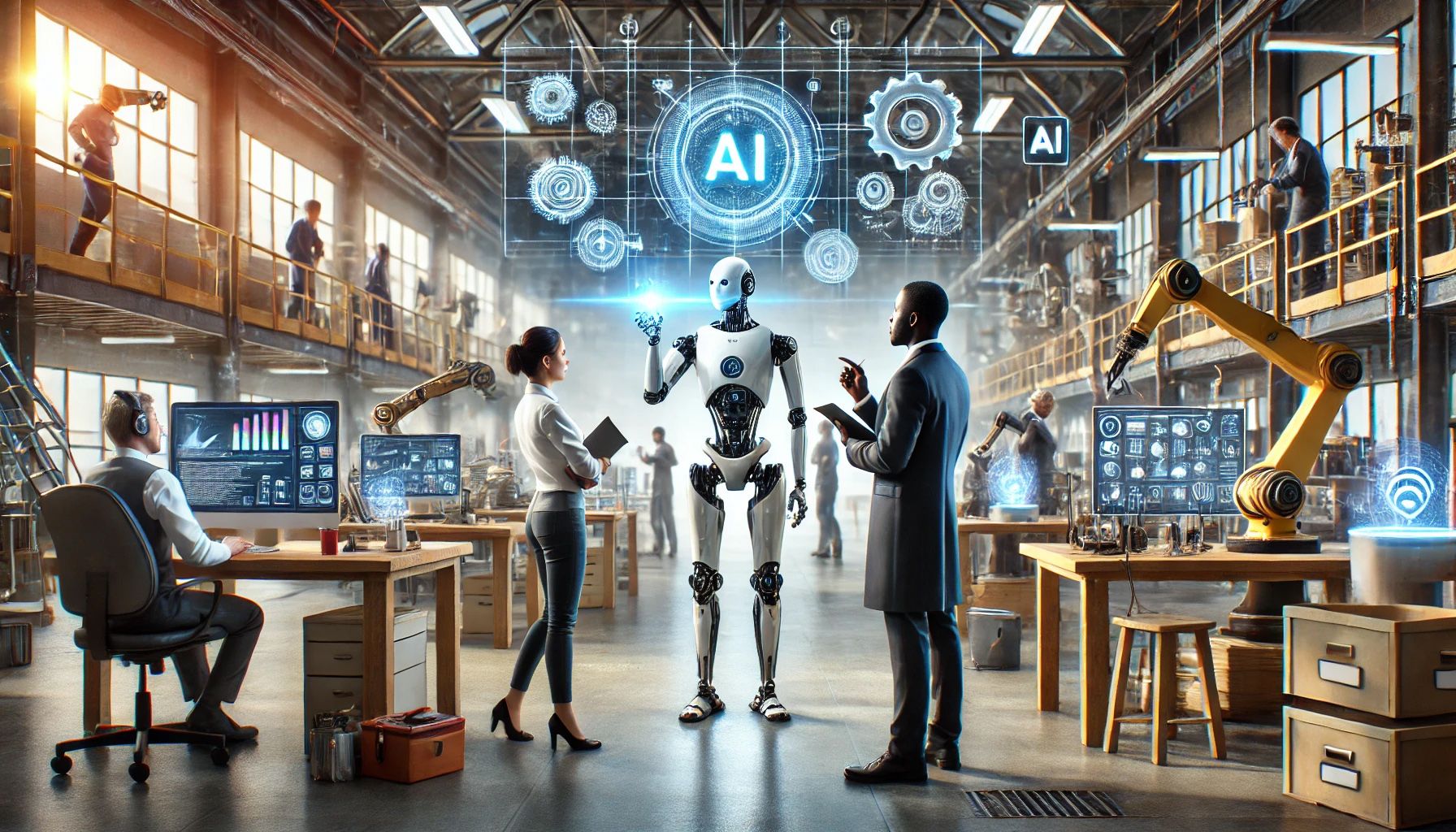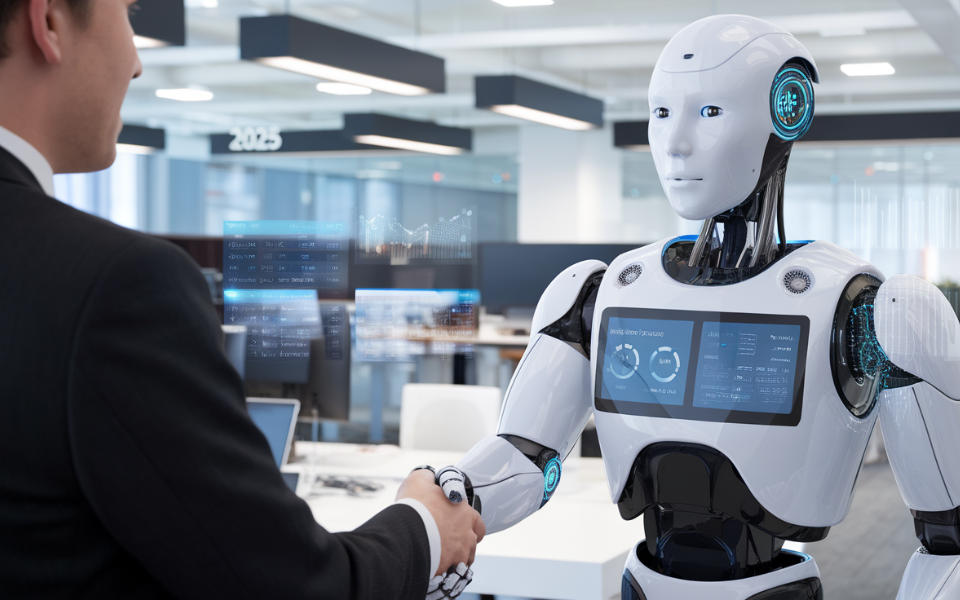Artificial Intelligence (AI) has revolutionized the retail industry over the past few decades, transforming the way businesses operate and how consumers shop. From basic automation to predictive analytics and personalized experiences, the evolution of AI in retail reflects a journey of innovation and adaptation.
What is the Role of AI in Retail?
AI in retail involves using algorithms, data analysis, and machine learning to enhance customer experience, optimize operations, and improve decision-making. Over time, retailers have increasingly integrated AI to stay competitive, efficient, and customer-focused.
Key Milestones in the History of AI in Retail
1. Early Automation (1980s–1990s)
AI in retail began with basic automation systems, such as inventory tracking, barcode scanning, and point-of-sale (POS) software. These systems improved data collection and allowed retailers to move away from manual processes.
2. Data-Driven Decision Making (2000s)
As computing power increased, retailers began leveraging data analytics to forecast demand, manage supply chains, and analyze sales patterns. This period marked the transition from reactive decision-making to predictive planning, supported by early machine learning models.
3. Personalization and Recommendations (2010s)
The rise of e-commerce giants like Amazon brought AI-driven recommendation engines into the spotlight. Retailers began using algorithms to analyze customer behavior, enabling product recommendations, personalized emails, and targeted advertising.
4. AI-Powered Customer Service
AI-driven chatbots and virtual assistants started to handle customer inquiries, returns, and order tracking. These systems enhanced customer support while reducing operational costs.
5. Smart Retail and In-Store AI (Late 2010s – Present)
AI entered physical stores with the use of facial recognition, smart shelves, and computer vision. Retailers like Amazon Go pioneered checkout-free experiences using sensors and AI to track customer purchases in real time.
6. Hyper-Personalization and Predictive Analytics (2020s)
Modern AI tools now enable hyper-personalization by analyzing browsing history, purchase patterns, and even mood. Predictive analytics helps retailers anticipate demand shifts, optimize pricing, and reduce overstock or shortages.
Challenges Along the Way
- Privacy Concerns: AI systems often require access to large amounts of personal data, raising concerns about consumer privacy and data protection.
- Bias in Algorithms: Improperly trained models can reinforce biases, leading to unfair pricing or discriminatory marketing.
- Integration Costs: Implementing advanced AI systems can be costly and complex for small and mid-sized retailers.
The Future of AI in Retail
The future of AI in retail promises even deeper integration through tools like:
- Virtual try-ons using augmented reality (AR)
- Voice-activated shopping assistants
- AI-powered supply chain automation
- Emotion-aware customer service bots
As technology continues to evolve, retailers who adapt AI responsibly will be better positioned to innovate, personalize, and thrive in a dynamic market.
Conclusion
The journey of AI in retail reflects a broader technological transformation. From simple automation to intelligent personalization and predictive analytics, AI has reshaped how retailers connect with customers and manage their operations. As we look forward, the blend of human creativity and machine intelligence will define the next chapter in retail innovation.







Leave feedback about this